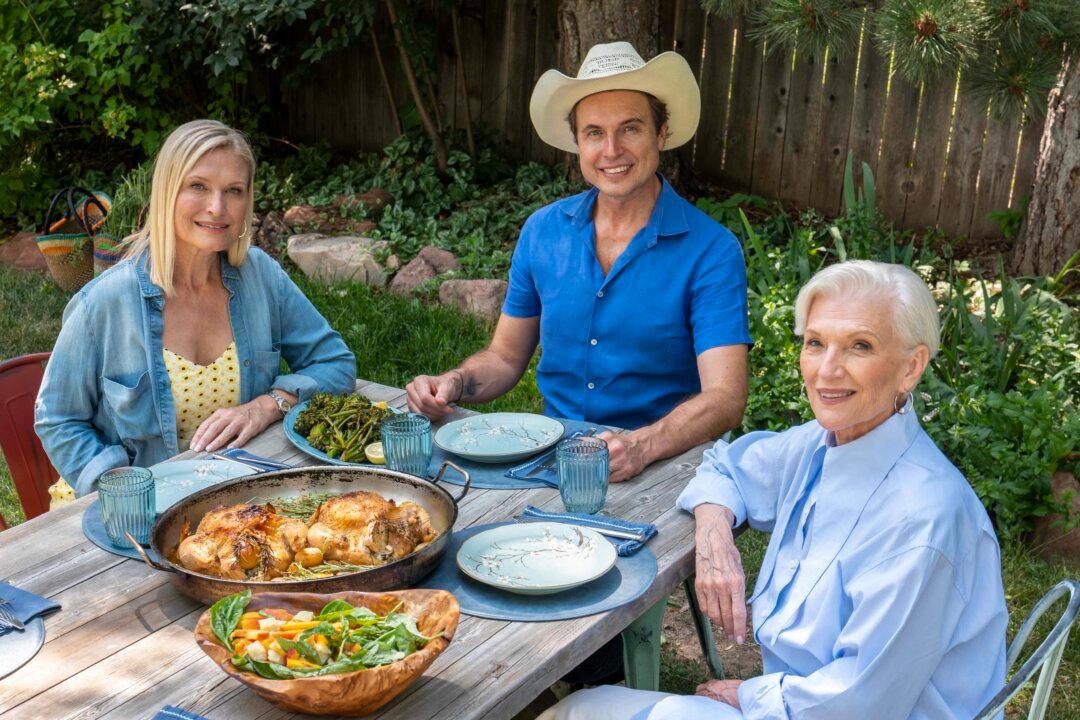There’s no one right way to cook a Thanksgiving turkey. But some ways are certainly better than others.
The team at America’s Test Kitchen (ATK) has dedicated countless hours to figuring out exactly what works well and why, applying the rigorous, science-backed approach to cooking that has kept the show running and empowering home cooks for 25 years. To celebrate its silver anniversary, ATK recently released the “America’s Test Kitchen 25th Anniversary Cookbook: 500 Recipes That Changed the Way America Cooks,” showcasing favorite recipes from the very first show to its 25th season—including one roast turkey recipe that has endured as a fan favorite.






